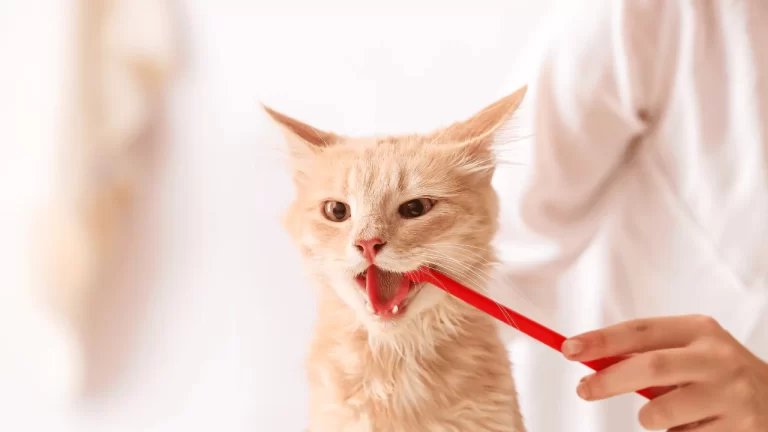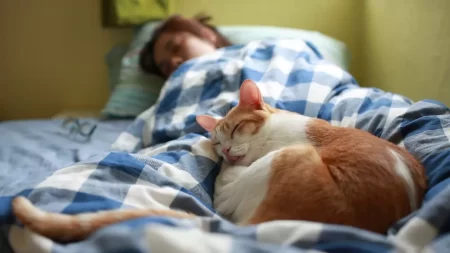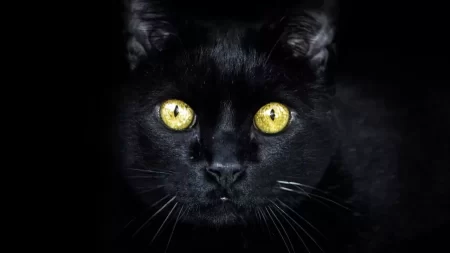The number of teeth in cats varies depending on their age. Kittens have a total of 26 teeth, but adult cats have a total of 30 teeth. Cats have teeth that are specifically adapted to capture and consume meat.
They have four types of teeth: incisors, canine teeth, pre-molars, and molars. In this article, we will explore the types of teeth in cats, how many teeth they have, and why dental care is important for them.
Types of Teeth in Cats
Cats have four types of teeth, each with a different function and shape.
- Incisors are tiny front teeth. Grooming, bone scraping, and prey holding are their functions.
- Canine teeth are the long, pointed teeth on the upper and lower jaws. They are also called fangs or tusks. They are used for piercing, killing, and carrying prey.
- Pre-molars are the teeth behind the canine teeth. They have sharp edges and cusps. They are used for shearing and slicing meat.
- Moose teeth are in the back of the mouth. They’re wide and flat. To grind and eat food, people use them.
How Many Teeth Do Cats Have?
Cats have different numbers of teeth depending on their age. Kittens have 26 teeth, while adult cats have 30 teeth.
- Kittens have 26 teeth, which are also called deciduous teeth or baby teeth. They start to erupt when the kittens are about two to four weeks old. They are smaller and whiter than adult teeth. They fall out when the kittens are about three to six months old, making room for permanent teeth.
- Adults have 30 teeth, which are also called permanent teeth or adult teeth. They start to erupt when the kittens are about four to six months old. They are larger and stronger than baby teeth. They consist of 12 incisors, four canine teeth, 10 pre-molars, and four molars.
Importance of Dental Care for Cats
Dental care is important for cats because it prevents dental diseases and promotes overall health. Dental diseases can cause pain, infection, tooth loss, and damage to other organs. Some common dental problems in cats are:
- Plaque is a bacteria-laden coating on teeth. Tartar, a yellow or brown material that sticks to teeth, can form. Tartar can induce gingivitis.
- Gingivitis is a condition where the gums become red, swollen, and bleed easily. It can progress to periodontitis, which is a serious infection of the tissues that support the teeth. Loss of teeth and bone density can result from periodontitis.
- Tooth resorption is a condition where the tooth enamel erodes and exposes the dentin, which is the sensitive layer under the enamel. Tooth resorption can cause pain, sensitivity, and tooth loss. The cause of tooth resorption is unknown, but it may be related to genetics, diet, or immune system.
- Stomatitis is a condition where the mouth becomes inflamed and ulcerated. It can affect the gums, tongue, palate, and throat. Stomatitis can cause pain, difficulty eating, drooling, and bad breath. The cause of stomatitis is unknown, but it may be related to viral infections, allergies, or immune system.
To prevent dental diseases and promote overall health, cats need regular dental care. Some ways to provide dental care for cats are:
- Brushing the teeth daily with a soft-bristled toothbrush and a toothpaste designed for cats. This removes plaque and tartar and prevents gingivitis and tooth resorption.
- Feeding a balanced diet that includes dry food, which helps to clean the teeth and stimulate the gums. Wet food can also be given, but it should be supplemented with dry food or dental treats.
- Visiting the veterinarian for annual dental check-ups and professional cleaning. This allows the veterinarian to examine the teeth and gums, remove any plaque and tartar, and treat any dental problems.







